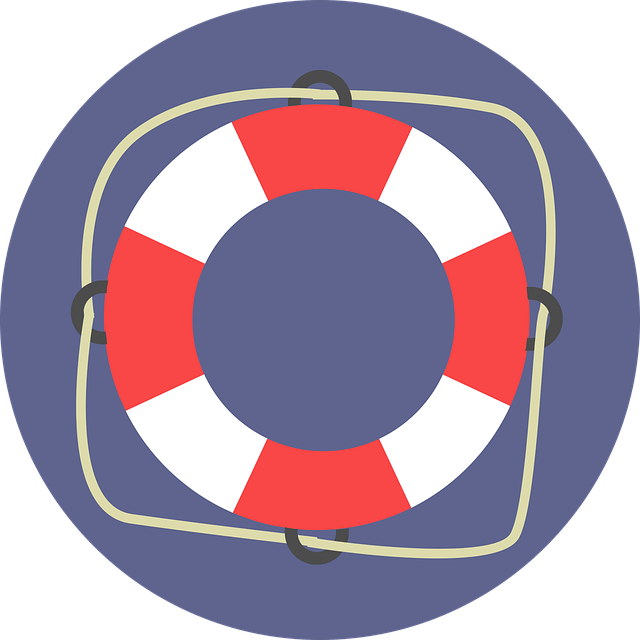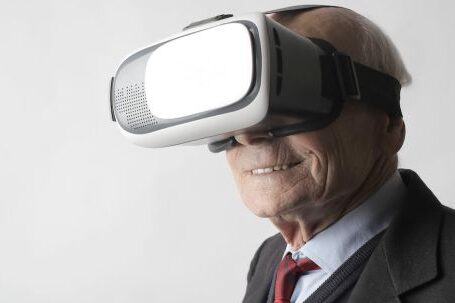In today’s digital age, e-readers have become increasingly popular for reading books and other forms of literature. With their sleek design and easy accessibility, e-readers have revolutionized the way we consume written content. However, with this rise in e-reader usage, concerns have been raised about their potential impact on eye health. In this article, we will explore how e-readers affect your eye health and what steps you can take to mitigate any potential negative effects.
The Role of Blue Light
One of the main concerns associated with e-readers is their emission of blue light. Blue light is a high-energy, short-wavelength light that is emitted by electronic devices such as smartphones, tablets, and e-readers. Studies have shown that exposure to excessive amounts of blue light can lead to eye strain, dryness, and fatigue. Furthermore, it has been suggested that prolonged exposure to blue light may increase the risk of developing age-related macular degeneration (AMD), a leading cause of vision loss.
Reducing Eye Strain
Eye strain is a common complaint among individuals who spend long hours reading on e-readers. The small font size, lack of contrast, and glare from the screen can all contribute to this issue. To reduce eye strain while using an e-reader, consider adjusting the font size to a comfortable level, increasing the contrast between the text and background, and using a matte screen protector to minimize glare. Additionally, taking regular breaks and practicing the 20-20-20 rule (looking away from the screen every 20 minutes at an object 20 feet away for 20 seconds) can help alleviate eye strain.
The Importance of Proper Lighting
Proper lighting is crucial when using an e-reader to read in low-light conditions. Reading in dimly lit environments can cause your eyes to work harder to focus on the text, leading to eye strain and fatigue. To avoid this, ensure that the room is well-lit or use a reading light that illuminates the page without causing glare on the screen. Avoid reading in complete darkness or under harsh, direct lighting, as these conditions can strain your eyes even further.
Choosing the Right Display
When selecting an e-reader, it is important to consider the display technology used. E-readers with electronic ink (e-ink) displays, such as Amazon Kindle devices, are designed to mimic the appearance of ink on paper, resulting in less eye strain compared to devices with LCD or LED displays. E-ink displays are also known for their low reflectivity, making them easier to read in bright sunlight. If you are concerned about eye health, opting for an e-reader with an e-ink display may be a wise choice.
Taking Breaks and Practicing Eye Exercises
Regardless of the device you use, it is essential to give your eyes regular breaks. Continuous reading for long periods without breaks can lead to eye strain and fatigue. Make it a habit to take short breaks every hour or so, allowing your eyes to rest and recover. During these breaks, try incorporating eye exercises, such as eye rolling, blinking, and focusing on distant objects, to relieve eye strain and improve blood circulation to the eyes.
Conclusion: Prioritizing Eye Health
While e-readers offer convenience and accessibility, it is important to prioritize eye health when using these devices. By being mindful of factors such as blue light exposure, font size and contrast, lighting conditions, display technology, and taking regular breaks, you can minimize the potential negative effects on your eyes. Remember to listen to your body and make adjustments as needed to ensure a comfortable and enjoyable reading experience.




